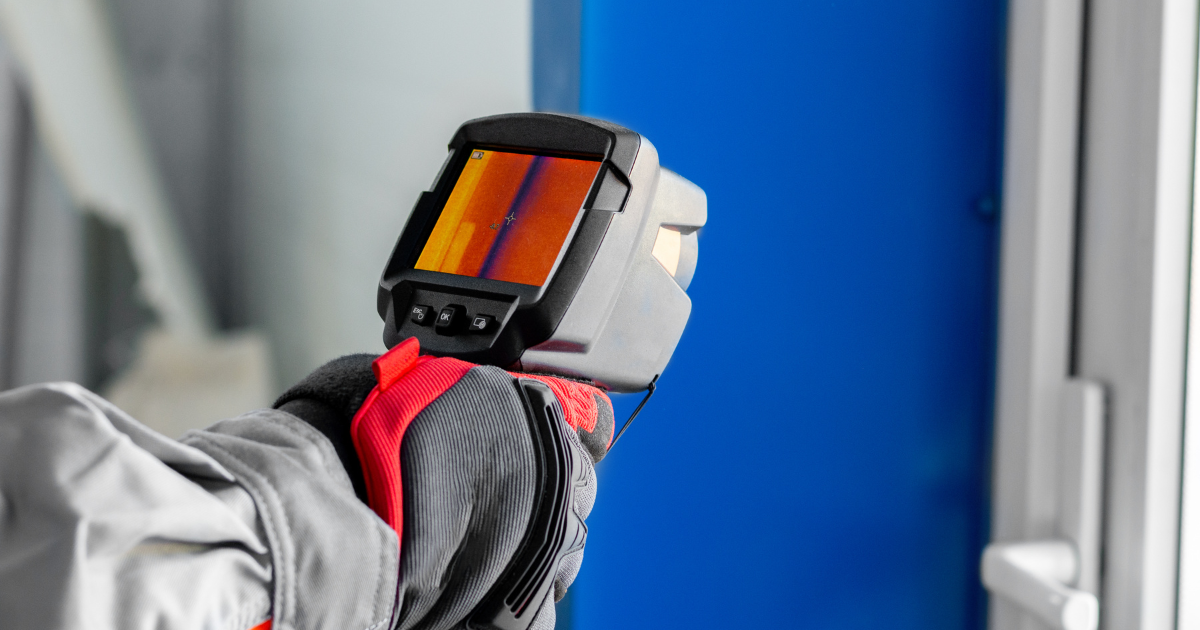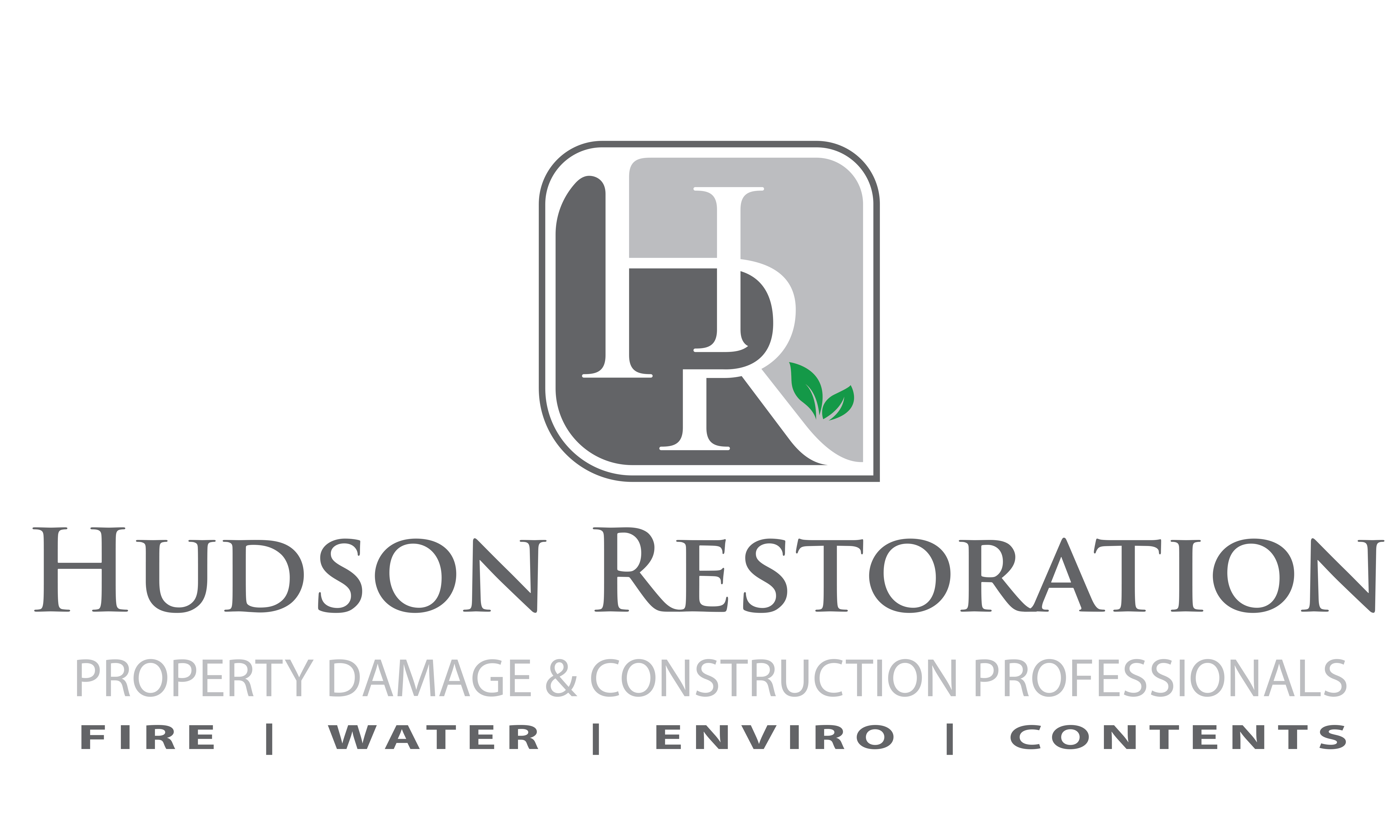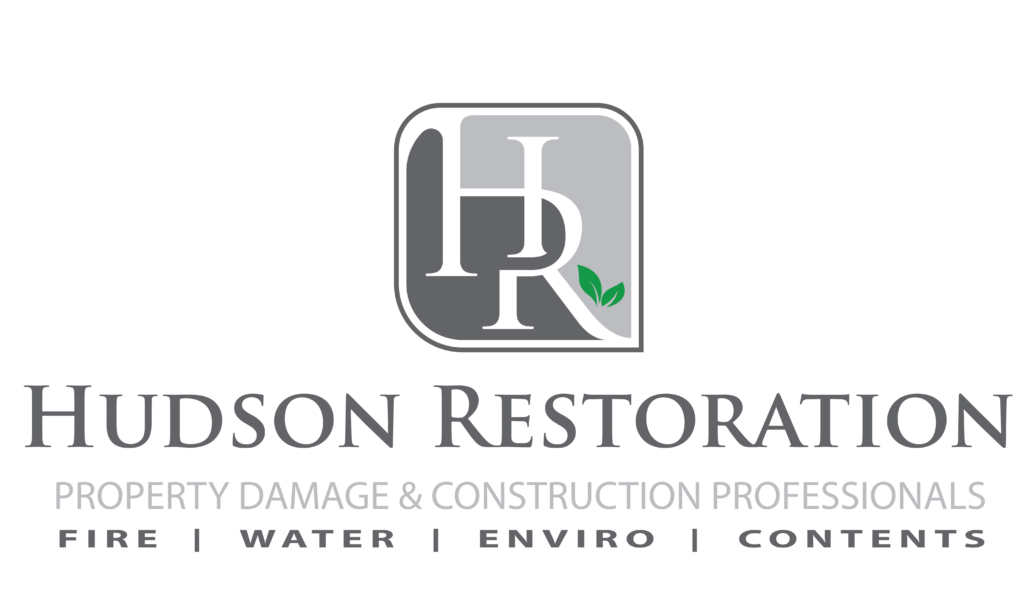Discover the impact of pests on your property and learn how to protect your investment from these unwanted guests.

Introduction to Pests
Pests are more than just a nuisance; they’re a significant threat to the structural integrity and safety of your property. From termites gnawing away at wooden foundations to rodents that pose health risks, the peril posed by these unwelcome guests can lead to considerable financial and emotional distress. Understanding the scope of damage and identifying the common culprits behind property degradation is the first step towards fortification.
Identifying Common Culprits in Property Damage
Common household pests such as termites, rodents, and carpenter ants are notorious for causing property damage. Each species has unique behaviors and damage patterns, making it crucial for homeowners to familiarize themselves with these pests. By understanding their habits, you can better prevent their entry and establish effective control measures.
Termites
Recognition: Look for signs like wood that sounds hollow when tapped, visible mud tubes on exterior walls, and wings near doors or windows. Termite droppings, which resemble sawdust or coffee grounds, might also be present.
Understanding: Termites feed on cellulose, primarily found in wood, making homes a prime target. They can cause serious structural damage silently, which makes them particularly dangerous.
Management: Prevention is key with termites. This includes maintaining a dry foundation, clearing wood from around your home, and regular inspections by professionals. If infestation occurs, treatment options such as liquid termiticides and baiting systems are most effective. These treatments are usually best handled by professionals due to the chemicals involved and the complexity of application.
Rodents (Mice/Rats)
Recognition: Signs of rodent infestations include droppings, gnaw marks on furniture and walls, and sounds of scurrying in the walls or ceiling. You might also find nests made of shredded paper or other fibrous material in secluded areas.
Understanding: Rodents seek food, water, and shelter, and once they find a good source, they are likely to stay. They can carry diseases, contaminate food, and cause damage to your home by chewing through materials including wiring, which can create fire risks.
Management: Keep your home clean and store food in rodent-proof containers to reduce attraction. Seal any entry points larger than a dime to prevent access. Traps and poison are effective ways to reduce rodent populations, but must be used with caution, especially around children and pets. In persistent cases, professional pest control services may be necessary.
Carpenter Ants
Recognition: Look for frass (wood shavings) similar to sawdust, which indicates their nesting activities. You might also see large, black ants inside your home, particularly near moisture-rich areas.
Understanding: Unlike termites, carpenter ants do not eat wood but burrow into it to create nests, which can compromise structural integrity over time. They are typically attracted to wet or damaged wood, so moisture control is an essential preventative step.
Management: Managing moisture issues in your home is critical. Replace any water-damaged wood and seal leaks. Keep tree branches trimmed away from the house, as they can serve as bridges for ants to enter. Baiting and pesticide treatments around the perimeter of your home are effective at controlling infestations. For significant problems, a professional pest control service is recommended.
Health Risks
Allergens and Asthma Triggers
Pests like cockroaches and dust mites are major triggers for allergies and asthma. Their droppings, skin flakes, and saliva can exacerbate symptoms in sensitive individuals, posing a significant health risk.
Disease Transmission Vectors
Rodents and insects are vectors for numerous diseases, such as Hantavirus, Lyme disease, and West Nile virus. Their ability to spread these diseases to humans through bites, droppings, or indirect contact makes them a significant health hazard.
Pest Peril: How Unwelcome Guests Are Degrading Your Property
The invasion of pests into your property is not just an attack on the physical structure but also an assault on your peace of mind and financial security. The economic losses associated with pest infestations, coupled with the potential decline in property value, highlight the urgent need for effective pest management strategies.
Economic Losses and Property Value Decline
The cost of repairing pest-induced damages can be staggering, not to mention the potential decline in property value. Properties known to have pest problems are less attractive to buyers, leading to decreased market value and longer sale times.
Legal Implications and Liability Issues
For commercial properties, pest infestations can also lead to legal implications and liability issues. Businesses may face lawsuits or fines if they fail to maintain a pest-free environment, underscoring the importance of proactive pest management.

Preventative Measures to Protect Your Property
Adopting preventative measures is key to protecting your property. Regular inspections and maintenance can identify potential issues before they escalate, saving property owners from the headache of extensive damages and costly repairs.
Regular Inspections and Maintenance Tips
Conducting regular inspections can help identify vulnerabilities in your property’s defense against pests. Sealing cracks, managing waste, and maintaining the yard are just a few of the maintenance tips that can deter pests from taking up residence.
Natural and Chemical Repellents: A Comparative Overview
Choosing the right repellent—whether natural or chemical—is crucial in the fight against pests. While chemical repellents can offer immediate results, natural alternatives provide a safer option for those concerned about the environmental and health impacts.
Innovative Solutions in Pest Control
The field of pest management has seen significant advancements, with innovative solutions that offer effective, sustainable ways to combat pest infestations. From technological advances in detection to eco-friendly practices, these solutions represent the future of pest control.

Technological Advances in Pest Detection
Emerging technologies, such as infrared cameras and ultrasonic repellents, are revolutionizing the way property owners detect and manage pest activities. These tools allow for non-invasive inspections of walls and hard-to-reach areas, identifying potential infestations before they become visible. By leveraging technology, homeowners can adopt a proactive approach to pest management, ensuring early detection and treatment.
Top 3 tech advancements in pest control in the past 5 years:
1. Internet of Things (IoT) Integrated Pest Management Systems
The integration of IoT technology in pest management has revolutionized how professionals monitor and control pest populations. Smart devices and sensors can now be placed strategically to detect pest activities in real-time. These systems provide continuous monitoring and send immediate alerts to homeowners or pest control professionals when pest activity is detected. This technology not only ensures rapid response to potential infestations but also helps in tracking the effectiveness of treatment over time.
2. Infrared and Thermal Imaging Technologies
Advancements in infrared and thermal imaging technology have greatly enhanced the ability to detect pests in hidden areas, such as within walls or under floors, without the need for invasive inspection methods. These tools can identify heat signatures associated with rodents or insect colonies, which helps in accurately pinpointing the location of an infestation. This technology allows for more targeted treatment approaches and can prevent the widespread application of pesticides, reducing both cost and environmental impact.
3. Automated Pest Monitoring and Control Systems
Automated systems have become more sophisticated, combining various technologies such as cameras, motion sensors, and automated traps. These systems are capable of not only detecting pests but also activating traps or other control measures automatically. For example, in agricultural settings, camera systems equipped with image recognition software can identify pest species and calculate their population density, triggering specific control measures when pest numbers exceed threshold levels. These systems minimize human involvement, reduce labor costs, and improve response times to emerging pest threats.
These advancements reflect a trend towards more precise, sustainable, and less intrusive pest control methods, leveraging technology to improve outcomes and reduce the environmental footprint of pest management practices.
Other Eco-Friendly and Sustainable Practices
As environmental awareness grows, so does the emphasis on eco-friendly pest control methods. Integrated Pest Management (IPM) strategies focus on minimizing the use of chemicals, relying instead on a combination of biological controls, habitat manipulation, and cultural practices to manage pest populations. Such sustainable practices not only protect your property but also contribute to a healthier ecosystem.
FAQs: Addressing Common Concerns
In this section, we address some of the most frequently asked questions by property owners regarding pest infestations and management.
What are the first signs of a pest infestation in a property?
The first signs of a pest infestation can vary depending on the type of pest, but common indicators include:
- Visible pests: Seeing live or dead insects, rodents, or other pests inside your home.
- Droppings or urine: Finding pest droppings, urine trails, or odor can indicate an active infestation.
- Damage to property: Noticeable damage such as gnaw marks on furniture, holes in walls, damaged fabrics, or chewed wires.
- Strange noises: Sounds of scurrying, gnawing, or scratching from walls, floors, or ceilings, especially at night.
- Nests or hiding spots: Discovering areas where pests may be nesting, such as piles of shredded materials, can be a sign of rodents or insects.
- Unusual pet behavior: Pets may act unusually alert and may paw at walls or cabinets where pests are hiding.
How often should I conduct pest inspections?
The frequency of pest inspections can depend on several factors, including your geographical location, the type of building, and past infestations. Generally, it is recommended to conduct:
- Residential properties: At least once a year.
- High-risk areas (e.g., old buildings, areas prone to dampness, or where previous infestations have occurred): Bi-annually or quarterly.
- Commercial properties or those with a high turnover of goods and people: Quarterly or even more frequently depending on the specific needs and regulations.
What are the safest pest control methods for homes with children and pets?
The safest pest control methods in homes with children and pets include:
- Physical barriers and traps: Using traps or physical barriers can be a non-toxic way to control pests.
- Baits and gels: If chemical interventions are necessary, opt for baits and gels that are placed in secure bait stations where children and pets cannot access them.
- Natural repellents: Using natural substances like diatomaceous earth, boric acid, or essential oils (e.g., peppermint, eucalyptus) can deter pests without harming kids or pets.
- Professional eco-friendly services: Hiring professionals who offer treatments that are safe for both children and pets.
Can DIY pest control be as effective as professional services?
DIY pest control can be effective for minor infestations or as a preventative measure. However, for larger or more persistent infestations, professional services are recommended because they have access to more potent treatments and have the expertise to apply them safely and effectively. Professionals are also better at identifying the type of pest and the scope of the infestation, which can lead to a more targeted and successful eradication.
What steps can I take to prevent pests from returning after treatment?
To prevent pests from returning after treatment, consider the following steps:
- Seal entry points: Close gaps and cracks in walls, floors, and foundations. Repair broken window screens and door seals.
- Reduce moisture: Fix leaky pipes and ensure good drainage around the home. Use dehumidifiers in damp areas.
- Keep it clean: Regularly vacuum and clean floors, kitchens, and storage areas. Store food in airtight containers and manage garbage effectively.
- Landscape management: Trim trees and shrubs away from the house and manage mulch and vegetation to avoid creating pest harbors.
- Regular inspections: Continue to monitor your home for signs of pest activity and have regular professional inspections.
How can I tell if the damage to my property is due to pests?
Damage caused by pests can often be identified by the specific signs associated with different pests. For instance:
- Termites: Look for hollow or crumbling wood, mud tubes on exterior walls, or piles of wings.
- Rodents: Notice gnaw marks on wood, plastic, or wires, and holes in walls or floors.
- Insects (like carpenter ants): Check for piles of wood shavings beneath wooden items and faint rustling noises in walls.
If you see any of these signs or aren’t sure about the cause of damage, consulting a pest control professional can help determine the source accurately.
Conclusion: Embracing a Pest-Free Future
The battle against pests is ongoing, but with the right knowledge and tools, property owners can protect their investments and enjoy a pest-free environment. By understanding the risks, adopting preventative measures, and leveraging innovative solutions, we can mitigate the impact of pests on our properties. The key is to act swiftly and decisively, ensuring that unwelcome guests don’t stand a chance against informed and prepared property owners.

Here’s to healthy and happy, pest-free homes!
Zach Hudson
Director of Marketing & Sustainability at Hudson Restoration




